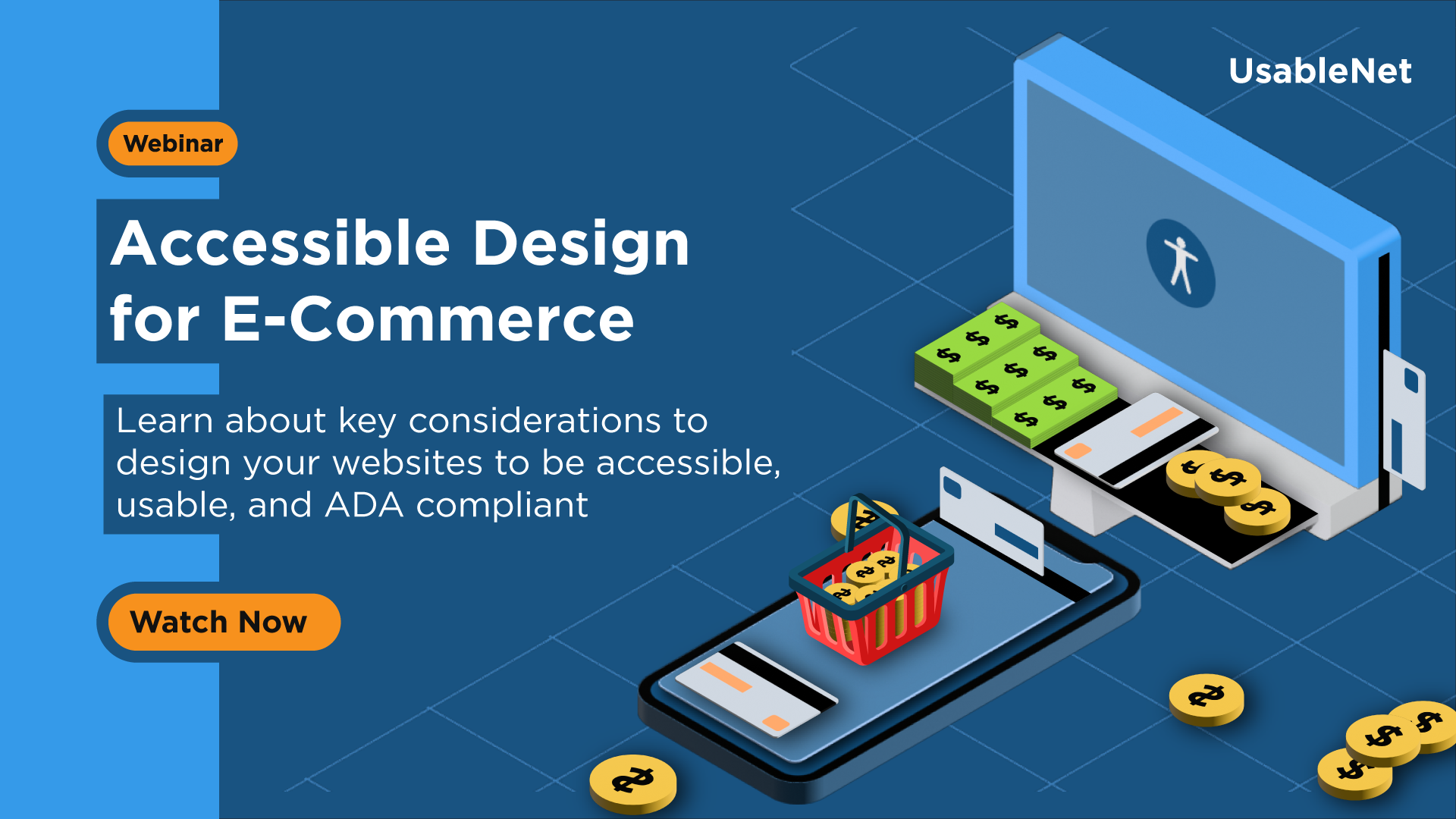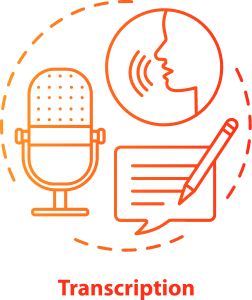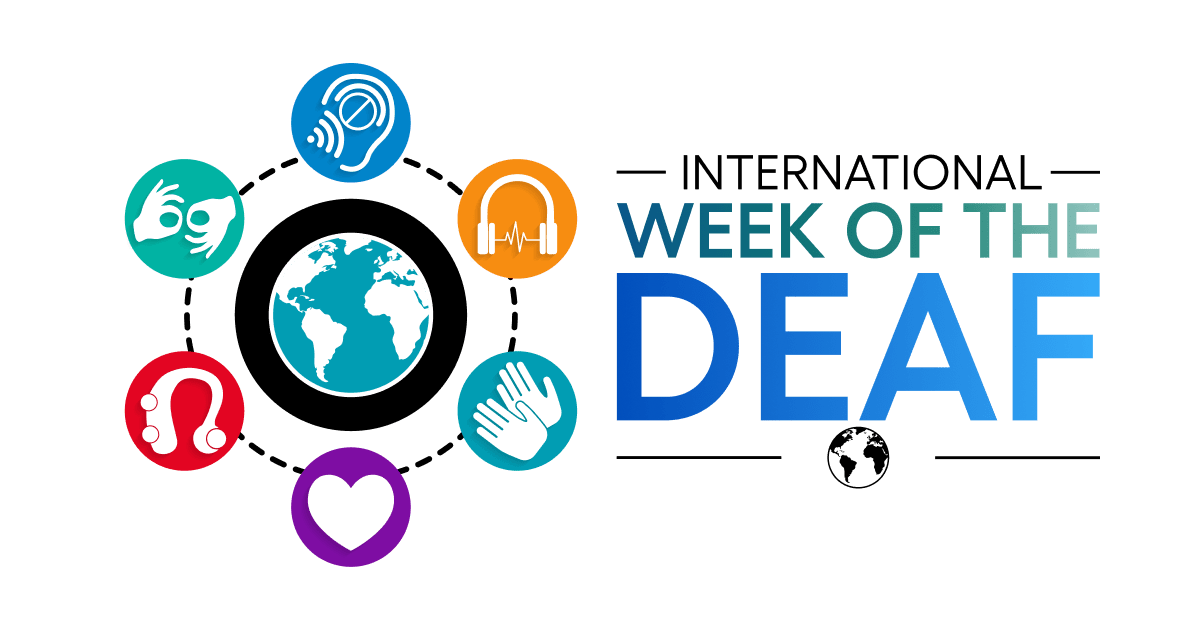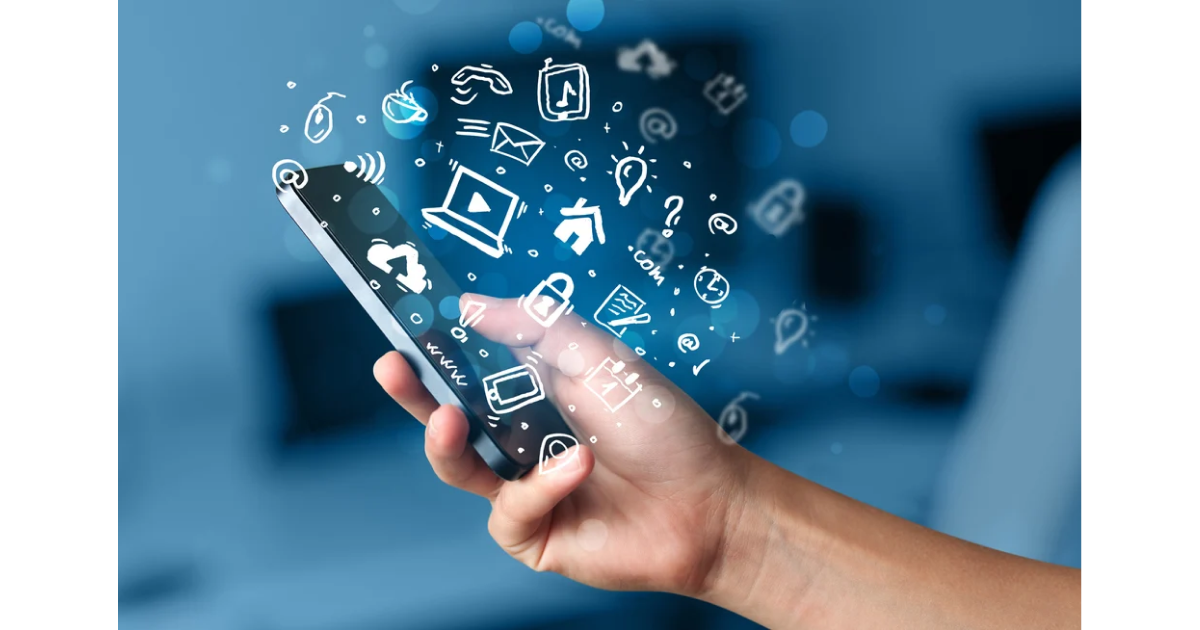The last week of September is International Week of Deaf People, a week to discuss how we can make the world more inclusive for those with auditory disabilities. You can learn more about the week, events, discussions, and other ways to get involved this week here.
Because this week is International Week of Deaf People, we wanted to share insights on people with auditory impairments and how to make your brand accessible. In this article, we dive deeper into what audio impairments are, accessibility best practices to accommodate the deaf community, and how accessible content benefits everyone. We've included links to related resources in case you'd like to learn more about a topic.
What are Auditory Impairments?

Auditory Disabilities excerpt from our webinar 'Accessible Design for E-Commerce'
Auditory impairments affect the way people hear information. The two main types of auditory impairments are conductive hearing loss and sensorineural hearing loss.
Conductive hearing loss happens when sound can't travel to the inner ear due to blockage (earwax or an object) or a busted eardrum. Conductive hearing loss could be reversed, depending on the cause and situation.
Sensorineural hearing loss is when the nerves in the ear are damaged. Sensorineural hearing loss can't be reversed. Assistive technologies, like hearing aids or cochlear implants, can aid those with sensorineural hearing loss.
Accessibility Best Practices for the Deaf & Hard of Hearing Community
The two main areas to focus on when increasing accessibility for the deaf community are content containing audio (music, video, podcasts, etc.) and events. The best practices below for each will help your content reach a wider audience and build trust and loyalty from the deaf community.
Accessible Content

Ensure content containing audio has some sort of text support to help those in the deaf community have context. This means you should have a transcript for audio-only content (podcasts, interviews, etc.) and a transcript or captions for videos. The ideal option is to have both captions and a transcript for videos, but at the very least, have one available.
If you decide to automate captions, make sure someone manually edits them. Automated captioning often contains grammatical errors and incorrect words, so it must be reviewed and revised. Ideally, you want to aim for 99% accuracy. This is the industry standard for accessibility.
Unfortunately, inaccurate captions can hurt the relationship you hope to build between your customers and your brand. A study by Global Lingo found that 59% of respondents said they “would not use a company that had obvious grammatical or spelling mistakes on its website or marketing material.” Accurate captions are essential for building trust with your brand!
Webinar and Events
For online webinars, hire a captioner instead of relying on AI-generated captions. A person trained in captioning will help deliver a better experience and better translation of what is being spoken than default automated captions.
With captions, folks may have different preferences. At UsableNet, we default to a universal design approach when we use captions on our webinars and videos. We ask our provider to refrain from using all uppercase because it's generally more challenging for most people to read. Readability for captions is essential. If you can't read your captions, then they are not accessible.
Captions should not obstruct the content of your presentation or video, and if you know that your attendees are lip reading, the captions should not be overlaid over your speaker's face.

If you’re hosting an in-person event or conference, consider showing the speaker on a screen so you can use captions and give your audience the option to lip-read.
For your event, you may want to hire an ASL interpreter to be on hand or to translate key speeches. We’ve seen an increase in ASL interpreters in different spaces, including concerts for popular artists and TV shows on streaming services like Disney +. The White House also hired a full-time ASL translator in 2022.
Providing an ASL speaker to translate your speaker’s note may help those in the deaf community connect with your brand. However, not all deaf people necessarily know American sign language.
Unsure if your audience members prefer captions, lip reading, or know ASL? Remember, the deaf community is filled with experts on the deaf experience. Consider asking your registrants about asking about their preferred accommodations when they sign up for your event. For more, read the blog: 10 Best Practices to Make Your Event More Inclusive
Where do I start with Audio Accessibility?
First, inventory your existing content and see what isn’t accessible. You may consider starting with your most popular content pieces from that group and making them accessible. Now, continue this process until all audio-supported content has supplementary text.
You'll also want to use the considerations mentioned for the current development and future content. It's always easier to plan for accessibility than to remediate.
However, if you need help making your audio content accessible, an experienced partner is a great resource. Read more: How to Make Web Content More Accessible for the Deaf & Hard of Hearing, a blog by 3PlayMedia
How Accessible Content for Deaf & Hard of Hearing Benefits Everyone
One of the best things about making your content as accessible as possible is that it will benefit everyone. Members of the elderly who have some hearing loss may benefit from captions or a transcript. People with cognitive disabilities will often depend on captions as will people who are multilingual.
For a variety of physical and situational conditions, captions are preferred. A survey by YouGov’s survey from earlier this year found that 53% of people under 30 like to watch TV with subtitles.
Working to improve accessibility will help your brand gain trust with the disability community. This week, take some time to asses how you can create a better, more accessible experience for those with hearing impairments.







